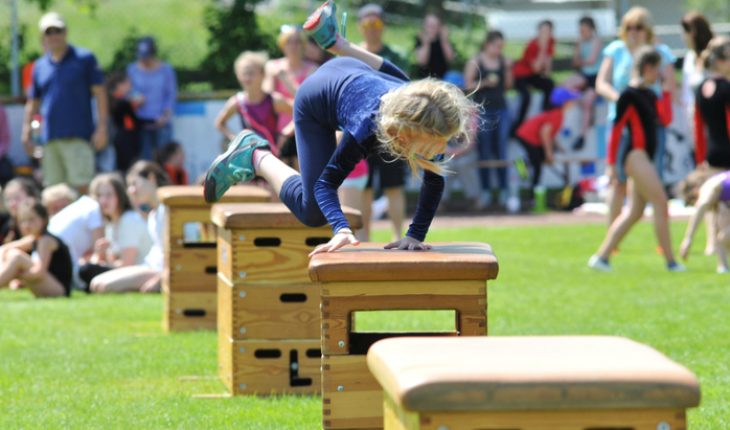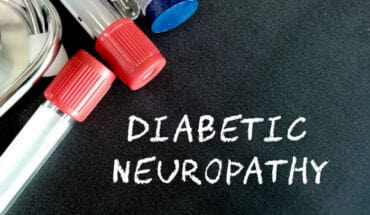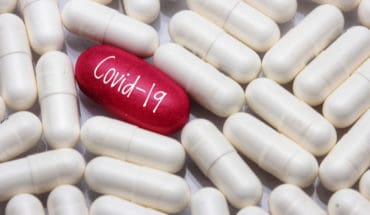Physical Education (PE) is not a ‘silver bullet’ to solve the inactivity crisis among the young, according to researchers from Leeds Beckett University. In fact, their latest research suggests physical education (PE) in the United and United States may be failing both teachers and children.
Published in the British Journal of Sports Medicine, the research suggests there is too much emphasis on increasing physical activity (PA) and this may be at the cost of developing other things like physical literacy.
Physical literacy is the mastering of fundamental movement skills and sport skills that allow a child to read their environment and make appropriate decisions, allowing them to move confidently and with control in a wide range of physical activity situations.
Explaining the results of the research, Andy Daly-Smith, a senior lecturer in Physical Activity and Health at Leeds Beckett’s Carnegie School of Sport, said: “As we move towards research informed practice, it is essential that objectives for PA in PE are appropriate. The uncompromising pursuit of these objectives by research and policy is concerning. It may cause teachers to focus on PA, at the expense of fostering an enjoyment of PA or developing physical literacy.”
Highlighting the differences between the objectives of the two countries, Matthew Hobbs, a PhD candidate at Leeds Beckett University and Lecturer in Physical Activity, Exercise and Health at Leeds Trinity University, said: “There were significant disparities in the objectives set in the UK and the USA. The UK objective says that students should be actively moving for at least 50-80% of the available learning time. In contrast, the US objective states that they should engage in moderate-to-vigorous physical activity (MVPA) for more than 50% of the time they spend in the PE class. Despite these differences, low quality evidence underpins both objectives.”
Leeds Beckett University’s Professor of Sport, Jim McKenna, added: “It is essential that objectives for PA and PE are now refined. For example, OFSTED has now called for teachers to engage pupils in sustained periods of high-intensity physical activity; we all know that this can reduce long-term motivation for physical activity.”
Explaining how current research and practice could move forward, Matthew Hobbs said: “The current objectives for both PA and PE need refining as they are underpinned by low-quality evidence and contain unacknowledged differences in PA intensity and duration. It is also time to look beyond PE as a ‘silver bullet’ for resolving the inactivity crisis and towards the wider school day. While the quest for physical activity is important, it must not be at the expense of developing physically literate young people.”
- Gut microbiome could delay onset of type 1 diabetes - 3rd April 2025
- The da Vinci 5 Robot Is Set To Transform Bariatric Care: - 31st March 2025
- Beyond money: the hidden drivers fuelling child food insecurity - 31st March 2025






